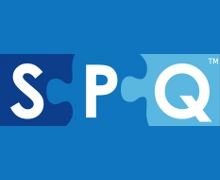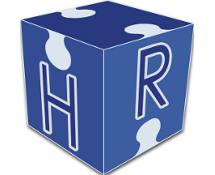Jimmy Wong – Safety + Health Magazine – Eye protection is part of the essential PPE package for every worker, but it can also be one of the most frustrating. A fogged lens is not only annoying but also reduces and distorts vision, increasing the workplace hazards. Having to remove your eye protection on the job sight to wipe away the fog and moisture exposes your eyes to debris and other potential dangers. It is important to prevent fogging and to keep your lenses clear.
Most standard eye protection is designed to keep lenses fog free, but some work conditions and the continued use of the eyewear reduce the effectiveness of most built-in anti-fog technology, especially when working in an environment that has a large amount of moisture in the air. Anti-fog technology comes in two forms: hydrophobic and hydrophilic, hydrophilic being the most common for eye protection.
Hydrophilic coatings are used to reduce surface tension, letting the moisture in the air to create a continuous film on the lens while still allowing light to pass through with limited distortion. However, because this coating has an affinity for water, it has the potential to be dissolved by a continuous exposure to water. The longer you use the eye protection, the less effective the anti-fog properties become until they eventually stop working completely.
In order to regain the anti-fog properties, you can easily reapply the coating using sprays or wipes designed for the lenses. Unfortunately, over-saturation of the coating can cause further distortion and can be potentially harmful to your eye. Airflow is perhaps the most effective way to combat fogging and over-saturation. The easiest way to reduce fogging is to control the workplace environment. With dehumidifiers, regulating temperatures, and maintaining airflow, you can help maintain a constant, low level of heat and humidity and limit potential fogging. Furthermore, finding a balance between gap coverage and airflow in your eye protection will help mitigate the buildup of moisture and will make you more comfortable in the long run. If your task requires indirect or no venting, frequent breaks or using a full-face powered air purifying respirator are your best options.
If you have any questions regarding proper eye protection or on defogging techniques, feel free to contact The Integrated Group at 425-822-8500 or info@theintegratedgroup.com






No comments yet.